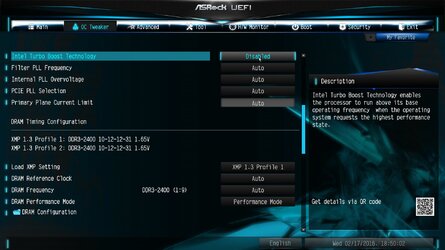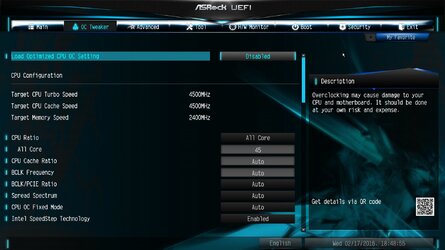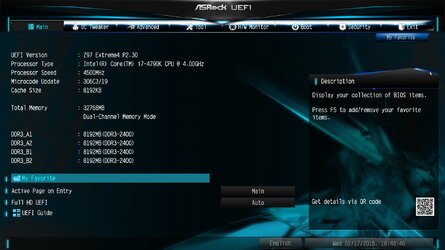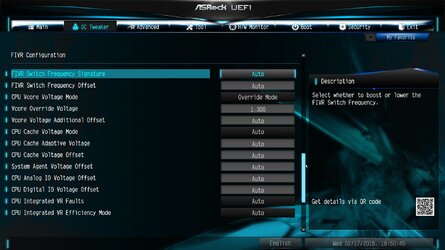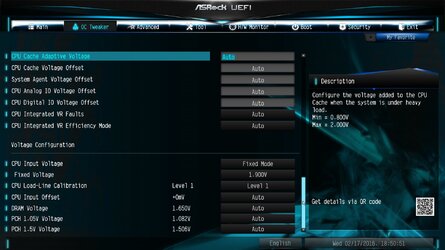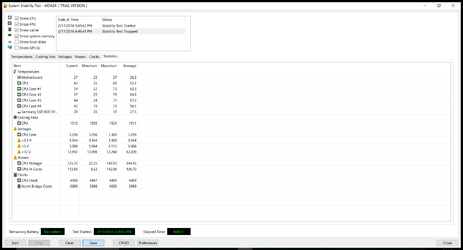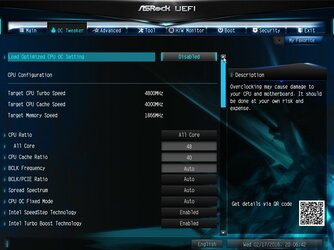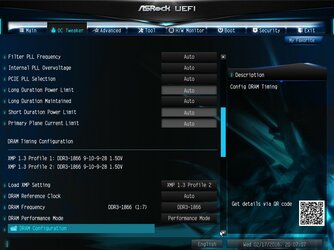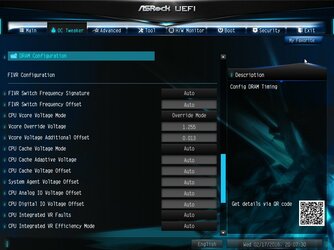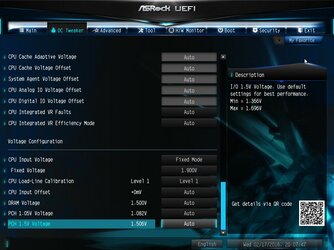You don't need to pay for Aida. The trial version has the built-in stress test and will also let you monitor temps while it runs. Anymore, it's all I really use.
Not sure what cooling you're installing, but assuming it's decent, I would keep things simple (I think this is all in the guide...):
-Set BIOS to defaults (at least the OC fields)
-Set RAM to XMP profile
-Set multiplier to 45 or 46
-Set vcore to 1.3v (or whatever max voltage you're comfortable with)
-Set LLC to 1 or 2 (whatever end of your BIOS's spectrum which
prevents vdroop)
-Run aida for 30 minutes, making sure temps don't go over 75-80 (they're still safe beyond that, but

)
-Increase multi by 1 and repeat testing until you hit a core speed which fails
-Once you have your highest passing multiplier (probably 47 or 48, maybe 49 if you're lucky), start decreasing the voltage in .01 increments until you see failures
Now, you should have your highest core speed at the lowest supporting voltage. You'll need to test it out further; I usually just start gaming on it and using the PC as I normally would. If you hit a blue screen while gaming, you'll either need to bump up the voltage or decrease the multi by 1.
Core speed is what matters most. Find your max for that first before you start messing with other things like uncore overclocking and ram overclocking.

 )
)

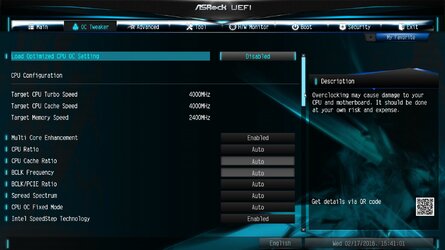
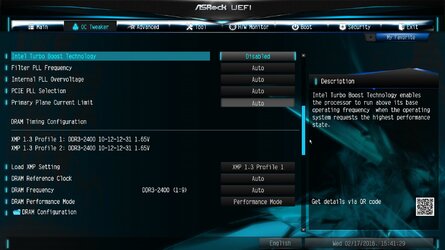
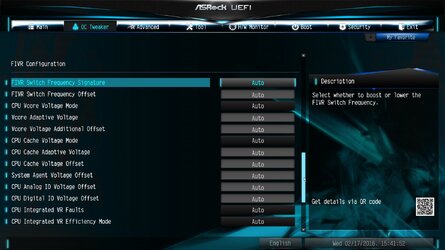
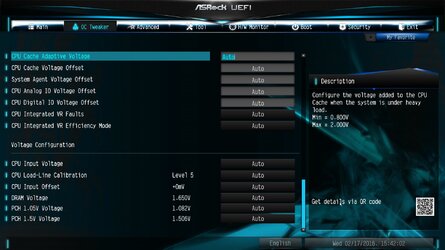
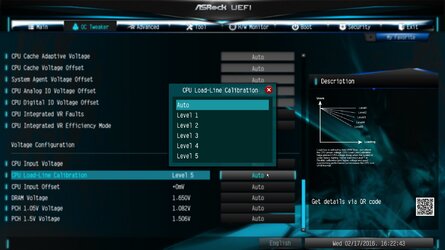
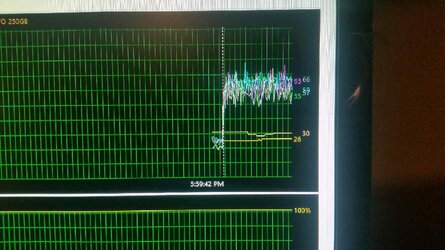
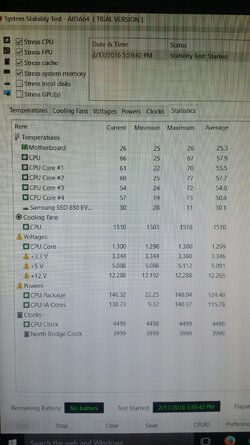
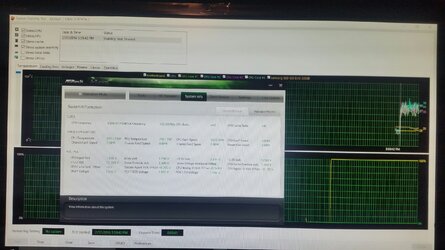
 So I disabled them and changed to 46 and will run the test in the AM.
So I disabled them and changed to 46 and will run the test in the AM.